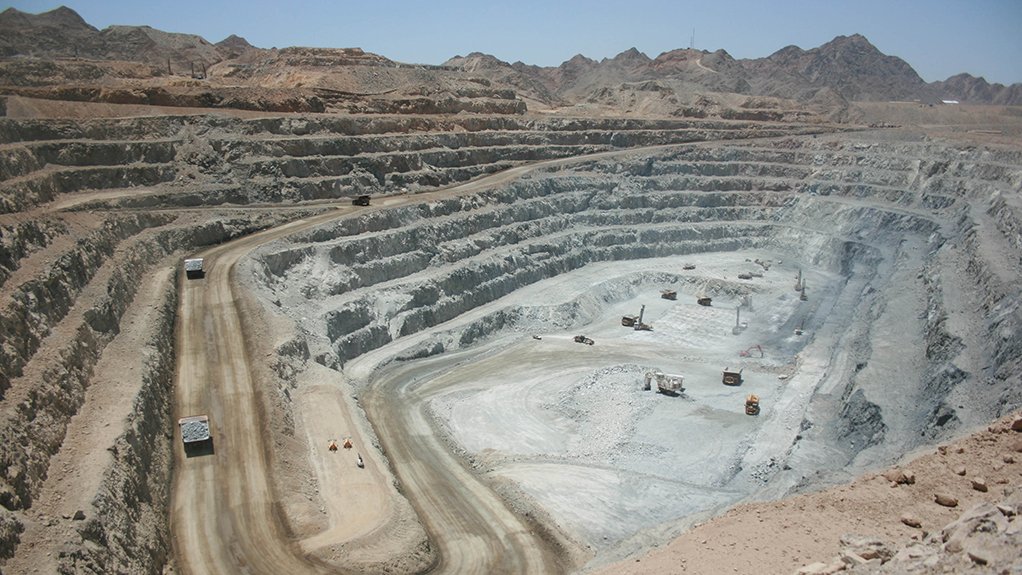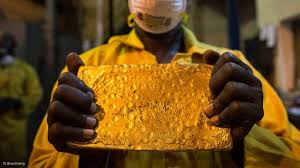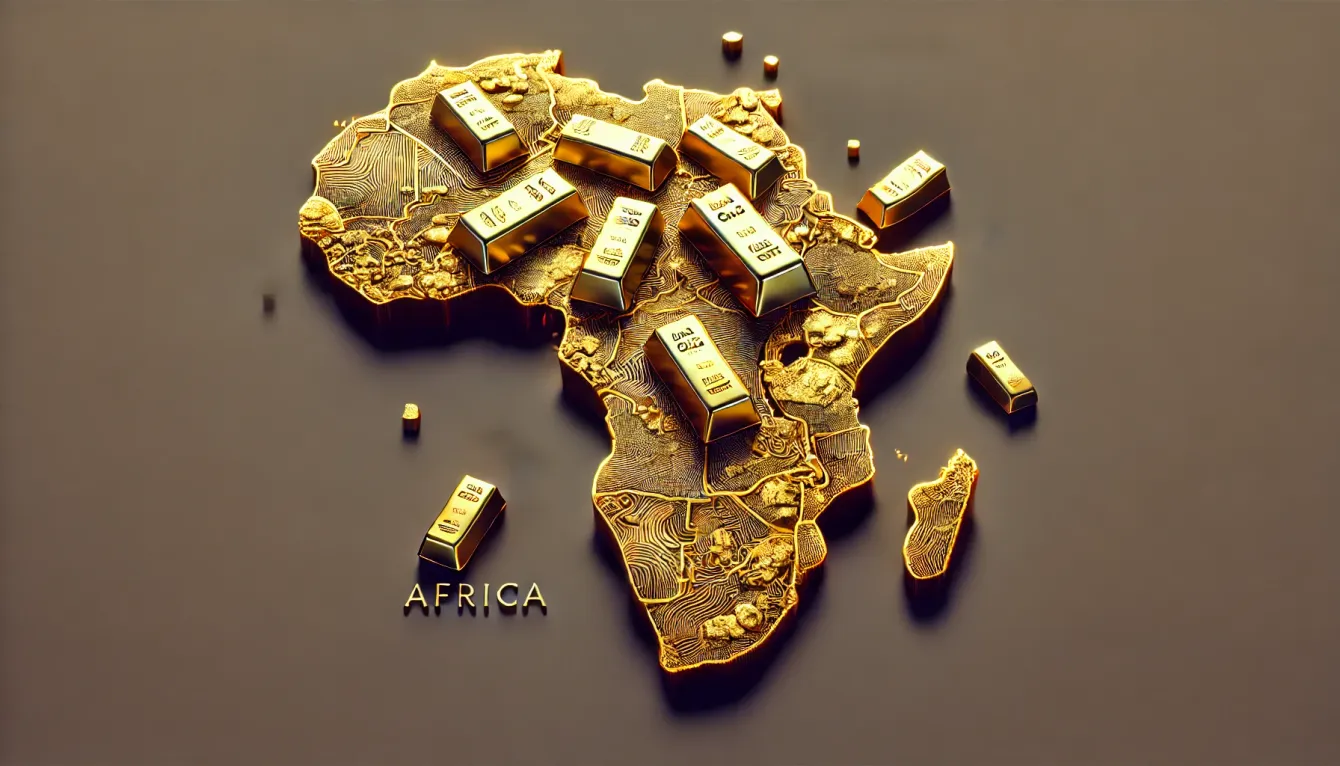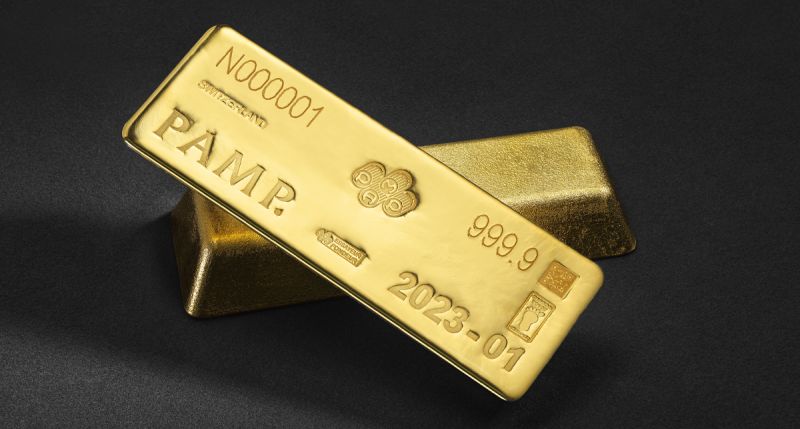Precious Metals

Dubai 24-carat gold price today rises to AED479.00 as global rates hit record $3,976 amid surging safe haven demand, Fed uncertainties

Gold prices surged to an unprecedented all-time high in early October 2025, crossing the $3,900 per ounce threshold for the first time. This remarkable rise has been driven primarily by heightened safe-haven demand amid ongoing geopolitical and economic uncertainties, compounded by strong market expectations of a Federal Reserve interest rate cut later this month. Markets are closely watching the U.S. government situation and the Fed’s upcoming policy decisions as they reverberate across global financial assets, propelling gold to record-breaking levels.
In Dubai, gold rates saw a notable rise on Tuesday. The price of 24-carat gold increased by AED3.75, reaching AED479.00. Meanwhile, 22-carat gold rose by AED3.50 to AED443.50. Additionally, 21-carat gold saw a gain of AED3.25, bringing it to AED425.25, while 18-carat gold inched up AED2.50 to AED364.25.
Gold hit a new record high of $3,977.19 per ounce. The precious metal has surpassed $3,900 per ounce only recently and continues to push higher with spot gold hovering just below $3,970 and futures trading above $3,960. This rally marks a stunning performance for gold, with prices rising more than 50 percent year-to-date and nearly doubling previous historical highs. The pace of gold’s advance has accelerated over the past month with gains close to 9 percent, reflecting investors’ flocking to gold as a financial safe haven in challenging times.
Globally, spot gold increased by 0.63 percent to $3,976.83, following a new all-time high of $3,896.49 last week. Bullion has risen 2.4 percent this week. Meanwhile, U.S. gold futures for December delivery edged up 0.57 percent to $3,998.80.
Safe-haven demand amid U.S. government shutdown
A key driver behind the surge is mounting safe-haven demand resulting from the ongoing impasse in the U.S. Congress that triggered a partial government shutdown starting late September 2025. The stalemate between Congressional Democrats and the White House over federal spending has heightened market uncertainty and weighed on investor confidence. The shutdown—now in its sixth day—has stalled key economic data releases like the September jobs report, adding to worries over the economic outlook.
Gold is traditionally viewed as a haven in times of political and financial uncertainty, retaining value when other assets become volatile. Analysts and investors interpret the government shutdown and lack of resolution as intensifying demand for gold. According to market research analyst Lukman Otunuga, appetite for gold remains strong due to the uncertain U.S. fiscal environment.
Federal Reserve rate cut expectations support prices
Another pivotal factor supporting gold has been near-certain market bets on Federal Reserve interest rate cuts in October and December 2025. The CME FedWatch tool shows a probability exceeding 90 percent for at least a 25 basis point reduction in the Fed’s benchmark policy rate this month, with expectations for further cuts by year-end. The prospect of easing monetary policy — after a series of hikes to combat inflation — is viewed as supportive for gold because lower interest rates reduce the opportunity cost of holding non-yielding bullion.
Market analysts like Kelvin Wong from OANDA suggest that these odds of rate cuts remain a “major bullish factor” for gold. Investors anticipate that Fed easing will likely weaken the U.S. dollar, ease bond yields, and increase gold’s appeal as an inflation hedge and store of value.
However, not all Federal Reserve officials support aggressive cuts. Kansas City Fed President Jeff Schmid recently stressed caution, advocating attention to inflation risks over labor market weakness, suggesting that the Fed may opt for more gradual policy adjustments.
Macroeconomic context and market sentiment
The gold rally occurs against a backdrop of broader global economic concerns, including persistent inflation pressures and geopolitical tensions. The U.S. Dollar Index has depreciated notably this year, dropping over 10 percent, which buoyed commodity prices including gold. Central banks worldwide have also increased gold purchases, while retail investor demand and gold-backed exchange-traded funds (ETFs) have surged, adding liquidity to the market.
Physical gold demand remains robust in major markets like India, despite the record-high prices. Chinese markets were closed for a holiday, but they traditionally contribute heavily to global gold consumption. Additionally, silver and other precious metals such as platinum and palladium also posted gains alongside gold reflecting broad commodity strength.
Near-term outlook and potential milestones
Looking ahead, analysts forecast that gold prices could soon test and potentially surpass the psychologically significant $4,000 per ounce level. Some market forecasters are eyeing $4,100 within the next year based on macroeconomic trends and evolving Fed policy expectations.
However, gold remains sensitive to several factors, including the resolution of the U.S. government shutdown, actual Fed rate decisions, inflation data, and geopolitical developments. Should the Fed take a more hawkish stance than expected or if fiscal gridlock resolves quickly, gold prices could face downward pressure. Conversely, continued uncertainty and rate cuts would likely sustain the bullish momentum.












